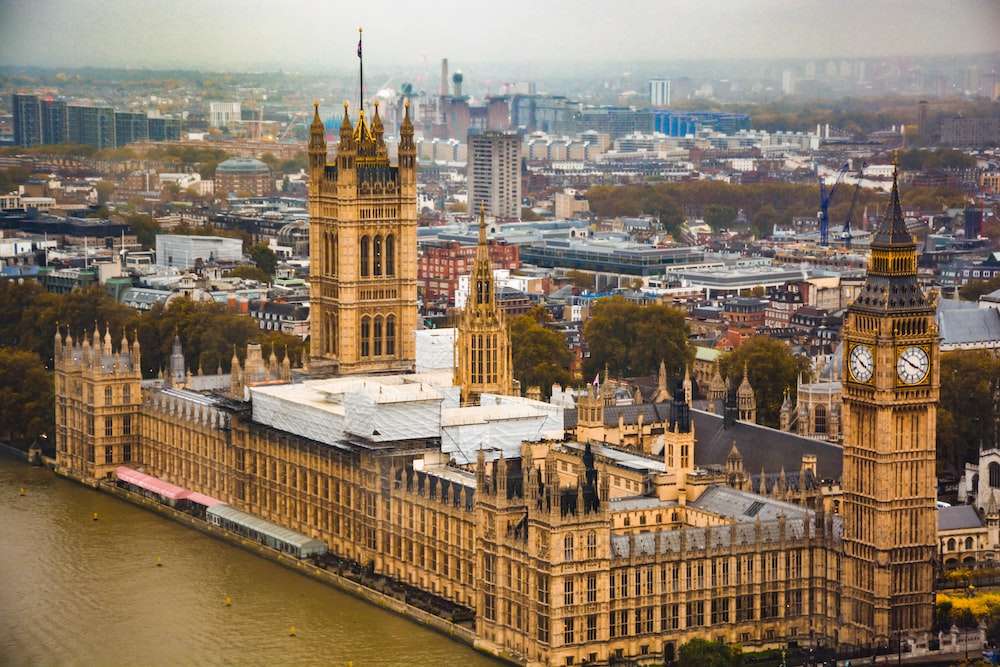Your Business Jet Blueprint for Brexit
Prime Minister Boris Johnson failed to announce any outcomes of the negotiations between the UK and EU. As a result, Martyn Fiddler Aviation turned their attention to their second webinar ‘Your Business Jet Blueprint for Brexit’.
Martyn Fiddler Aviation’s message is to ‘hope for the best but plan for the worst’, placing emphasis on the fact that it is more likely that the UK will face a ‘no deal’ outcome.
There are some certainties however: at the start of 2021, there will be two separate customs areas, the UK and EU27. The free movement of goods, service, people and capital currently enjoyed will be a thing of the past. A hard border will be in place between the UK and EU.
Having two separate customs areas compromises the EU free circulation status of aircraft imported into the UK and EU. In other words, if an aircraft is imported into the EU from the UK, in 2021 it will no longer be in free circulation in EU27. This division means that all aircraft will be impacted in one way or another.
When it comes to reassessing the free circulation status of aircraft, a high ranking concern is how to mitigate tax. Aircraft owners will run into problems if the owner starts trying to make the situation fit the available options to lessen your tax – making it artificial. Martyn Fiddler Aviation strongly advises that owners start by assessing the real situation and then find a suitable solution that authentically fits that.
The available options for importation into both areas
For Corporate and Commercial aircraft there are four importation solutions available:
- Aircraft imported into the UK will no longer be in free circulation in the EU. They may need full import. For this scenario, a VAT Ownership vehicle may be suitable via e.g. Ireland, Malta, Luxembourg, Cyprus
- Temporary Admission for aircraft that do not require full circulation in one or both jurisdictions
- One-off importation using fiscal representation
- Place the aircraft onto an AOC with a commercial operator
It is important to note that there are differences and nuances with the treatment of VAT in the EU between jurisdictions, meaning that VAT is or has to be applied by each member state but this is not uniform.
VAT is not applied uniformly in the EU
In the EU, there are two taxes to consider and they both have different legal frameworks:
- Customs: EU regulation enforces that custom rules are applied immediately in every member state however they are policed differently, meaning you have administrative differences between the member states as to how those customs rules are enforced.
- VAT: VAT is policed by member states, their inspection regimes can be different but VAT is governed by a directive so the EU directive on VAT is the framework for how that VAT should work in every member state and then its enacted into local law
One might think that minor differences won’t make much difference; however small differences can have a big financial consequences e.g. the difference in Vat rates vary from 17% Luxembourg to Hungary at 27%.
VAT in the UKFor aircraft imported from EU to the UK, there are two options:
- Temporary admission for aircraft that do not need full import
- Permanent importation whereby the aircraft is imported. If it’s a smaller aircraft an owner may choose to pay the VAT. If it is a pleasure aircraft owned by the end consumer then they will be required to pay the VAT. If it’s a business aircraft the VAT expense will be a lot greater, but this can be mitigated
You are able to mitigate VAT if the aircraft is within a VAT registered company and that VAT registered company could be:
- A company within the clients VAT group already
- It could be a VAT registered SPV set up specially to own the aircraft
- It could be that the aircraft is on an AOC and the AOC will use its VAT registration
Within this you have further methods for how the VAT is then dealt with:
- Pay and reclaim
- Defer and reclaim
- Zero rate the import so there is no VAT to paid over
Import solutions for Private and Pleasure aircraft:
- Temporary admission for both EU or UK
- Pay VAT – You are accountable to pay VAT, with rates varying between member states; it would be advisable to import through the jurisdiction with the lowest current rate
How to start narrowing down the solutions?
Martyn Fiddler Aviation would always advise that you seek tax advice. Seeking professional and impartial advice is crucial. This will help you to find your real, optimal solution and also ensure that you limit risk, stay legal and find a solution with longevity.There will either be a clear solution for you or a choice of multiple solutions.Martyn Fiddler Aviation’s message is don’t overcomplicate the solution, “keep it simple” and match reality. This means building tax around the circumstances rather than having tax situation lead the way.Being swayed by a solution with a quicker lead timeLike finding a solution led by tax solutions, choosing the second best solution based on lead time will only lead to risk of problems later down the line. Martyn Fiddler Aviation’s advice is to plan now, review the use and operation, seek advice and be ready to put a plan into motion as early as possible so no time is wasted.
Myth Busting Questions
My aircraft is on an AOC so presumably I don’t need to worry when the UK leaves the EU?
Don’t assume. An AOC operator needs to ensure that the aircraft is in free circulation in both jurisdictions. The owner (and the operator) needs to know ahead of 31 December 2020 to act accordingly.
My aircraft was declared into maintenance therefore it gets free circulation?
Absolutely not. If it was declared into free circulation, the owner would have accounted for tax. If it is brought in for maintenance it should have been brought in under a temporary regime called Inward Processing, which is a tax suspension regime.
My aircraft is registered in a particular EU jurisdiction does that mean that I also get a VAT registration?
No, these are two completely separate matters with no cross over.
Your Five Step Business Jet Blueprint for Brexit
- There will be two separate customs areas: the UK and EU27
- There are a range of different options for both areas to suit all aircraft uses and operations
- Don’t go for the easiest route if it is not the optimal solution
- Don’t make assumptions
- Plan for the worst but hope for the best
Missed the live stream? View the recording of ‘Your Business Jet for Brexit’ here.



